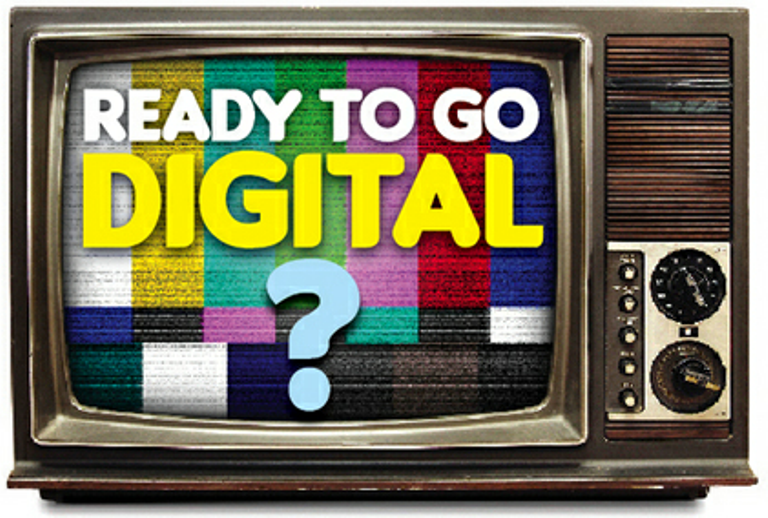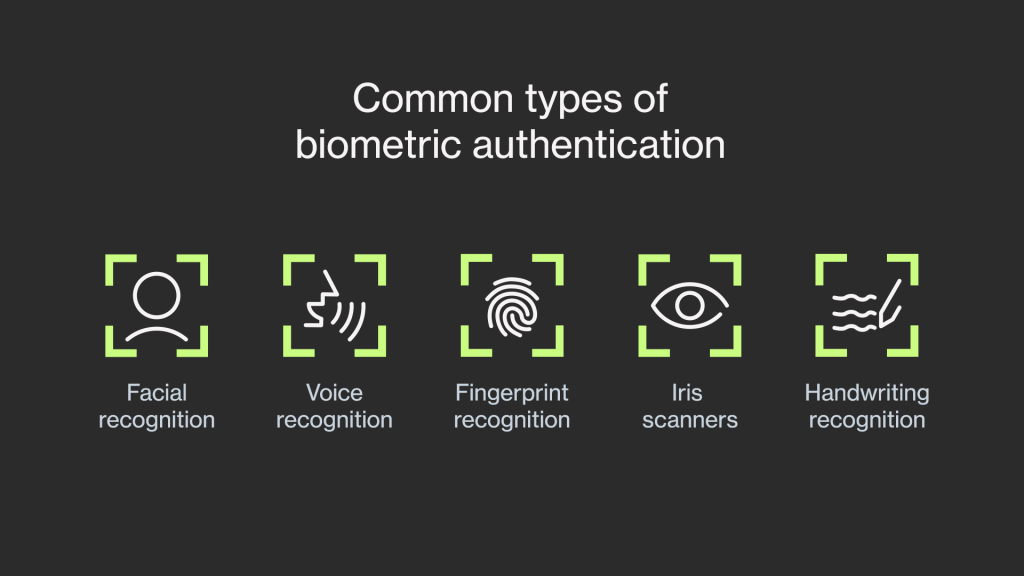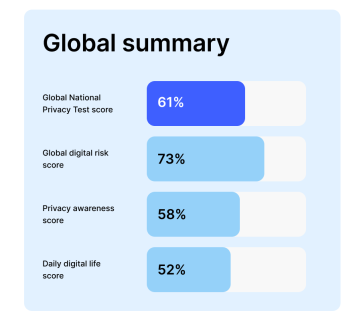The Kenyan government has been ‘toying‘ with the idea of adopting the shift from analogue to digital TV frequency signals since 2009. In a new project being handled by the Ministry of ICT and the CCK, it is finally turning into a reality that should come true in just 10 short days from today 13th December 2013).
There are estimated to be about 1.2 working million TV sets in Nairobi and its environs and these will all be affected in the first phase of the migration project set to go live on 13th December 2013. What this means is that if you do not have a set top box or a Pay TV service like DSTV or Zuku installed by this date, you will no longer be able to watch broadcast TV in your home or office.
This does not mean however that you need a new digital TV – No! What you need is a TV that has audio and video inputs and a government approved set top box , which works is by converting the digital signal into an analogue one that can be ‘consumed’ by your old TV when plugged into it, connected to your TV and you’re all set.
The main reason Kenya is effecting this change over now is to honour a treaty signed in 2006 at the Regional Radio Communication Conference that set the analogue-to-digital migration for all countries at 17th June 2015. The idea is to release the analogue frequencies to be used more efficiently for other technologies like wireless like we saw with Microsoft’s Mawingu initiative, public safety, and other services.
Using the digital signal has its advantages like being able to fit about 20 stations in the same frequency space where you’d have had just one station on analogue. This will of course mean we will require more content from producers in the country to fill the gap. You will now get a better and sharper picture quality that is free from noise/interference, HD broadcast capability, and Electronic Program Guides in-built in the set top boxes to guide and give menu-style information to viewers on other channels available and an ability to set reminders on future programmes that are being broadcast.
CCK has posted a long list of approved set top boxes on its website and they range from 4,000 to 10,000 KES. It has also given certificates to all point of sale dealers as proof that a dealer is selling government approved set top boxes to the public.
This migration from analogue to digital is perhaps the biggest shift in the television industry since black-and-white to colour TVs and is a welcome move to move the world in a more productive direction.
This article was first published on UP Nairobi magazine.





